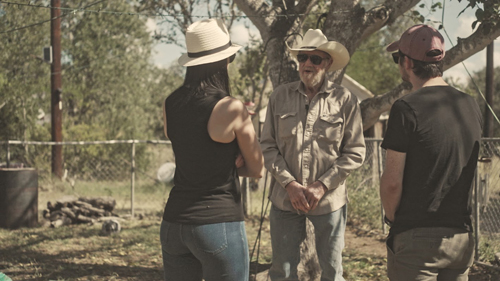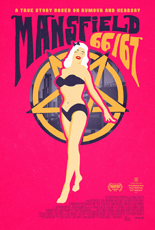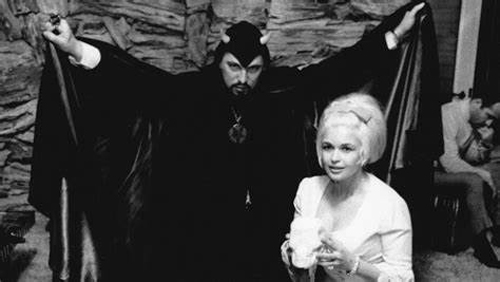
When I was 7 years old, the kids next door came back from the 7-Eleven — which I wasn’t allowed to go to — with something called “trading cards.” Not only did these cards feature full-color photos from everyone’s two favorite movies (Star Wars and Superman), but came with a sticker and a slab of gum. I was extremely, insanely jealous. Still am.
The Hobby, a documentary on the recent resurgence of the trading-card biz, explores the push and pull between collectors and investors. I wish it were more varied in subject than concentrating on two high-stakes types of cards: sports and Pokémon. With select rarities now going for millions on the market, there’s much ado about cardboard.
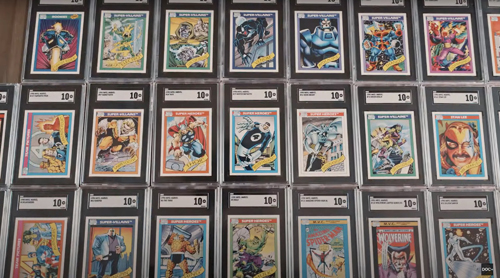
Director Morgan Jon Fox’s inside-baseball approach may alienate more casual viewers eager for a glimpse into this world. From dealers and podcasters to — just kill me now — a “full-time Pokémon content creator,” interview after interview rattles off price after price of cards they’ve acquired or sold. That makes the doc geared toward people willing to watch YouTube videos of others opening pack after pack, box after box — something more passive and alien to me than watching others play video games.
Although not a total wash, the movie quickly enters a repetitive cycle that’s oddly void of conflict, especially since the end titles hint at later events of hostility and volatility Fox’s camera wasn’t around to catch. Speaking of catching, The Hobby’s graphics aren’t exactly “Topps” in the spelling department, with such errors as “ECLUSIVE” and “FUED.” —Rod Lott

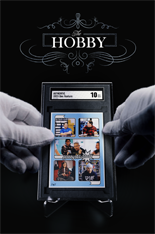
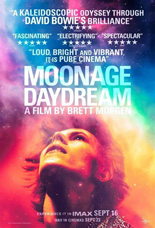
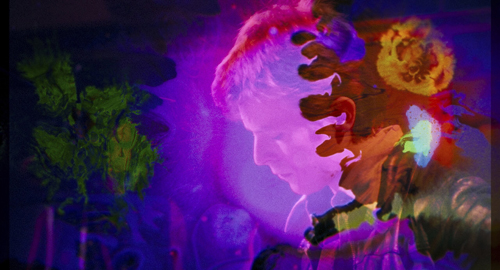
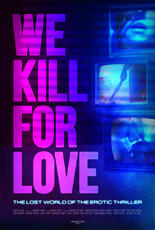
 Danger, romance and seduction: the holy trinity of a now-extinct film subgenre that kept beautiful, busty women named Shannon employed for the better part of the 1990s. Besides the obvious visual attributes, what made those flicks tick? Where did they come from? More importantly, why did they disappear?
Danger, romance and seduction: the holy trinity of a now-extinct film subgenre that kept beautiful, busty women named Shannon employed for the better part of the 1990s. Besides the obvious visual attributes, what made those flicks tick? Where did they come from? More importantly, why did they disappear? 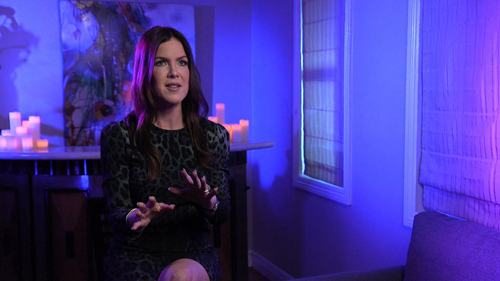
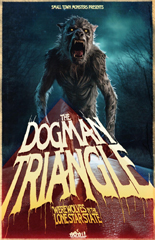 File under “news to me”: Sightings of a cryptid called “the Dogman” triangulate among a 700-square-foot slice of Texas. Seth Breedlove’s
File under “news to me”: Sightings of a cryptid called “the Dogman” triangulate among a 700-square-foot slice of Texas. Seth Breedlove’s 